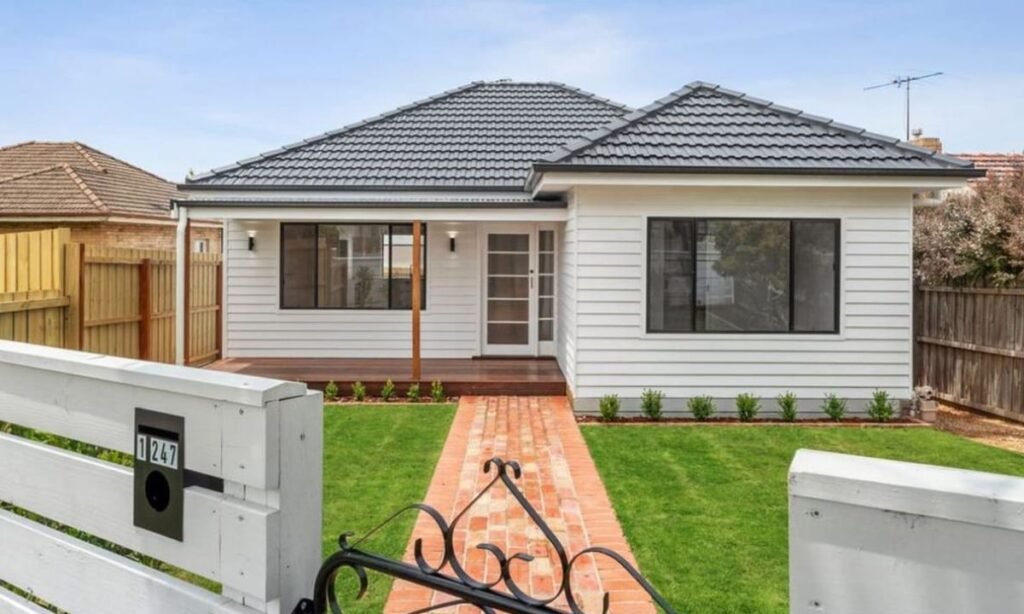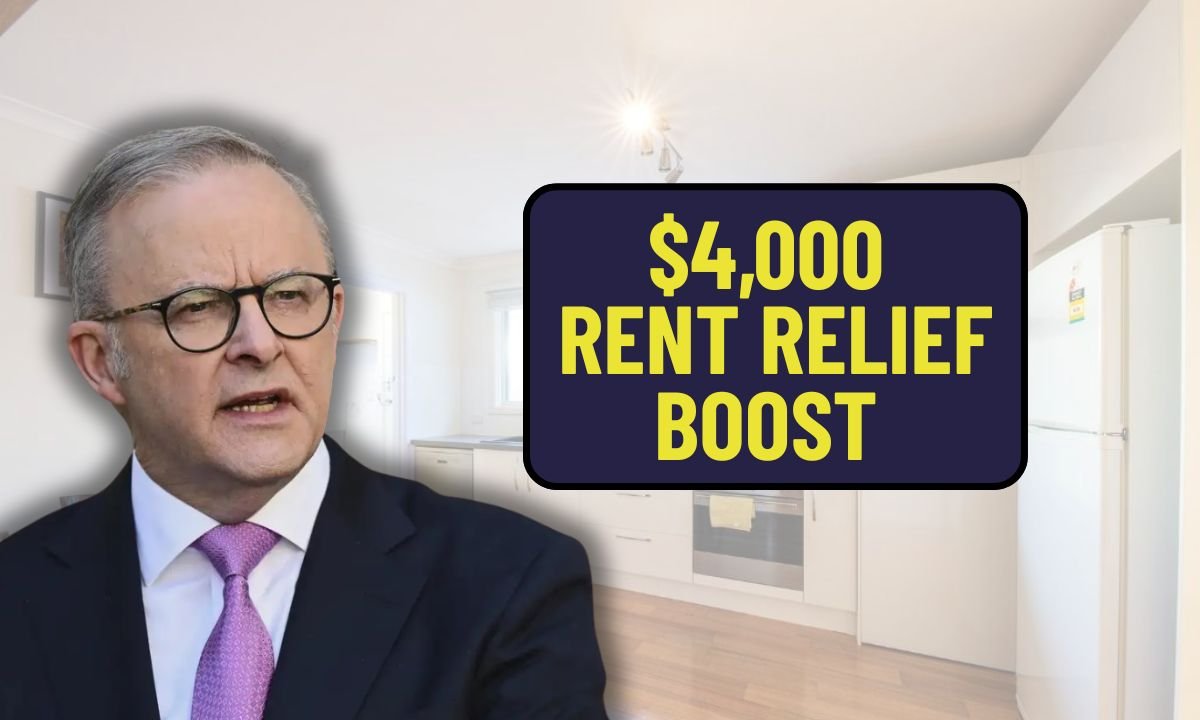In response to growing pressure from housing advocates, economists, and everyday renters, the Australian government unveiled the $4,000 Rent Relief Boost in 2025. This timely intervention comes amid soaring rental prices that have pushed thousands of families and individuals to the brink of housing insecurity.
Designed as a direct financial subsidy, the relief is intended to support low- and middle-income tenants dealing with the rental crisis in major urban centres like Sydney, Melbourne, and Brisbane. With rent inflation hitting record levels and vacancy rates plummeting to historic lows, the relief aims to ease the financial stress burdening countless Australian households.
Who’s Eligible and How to Apply
Eligibility for the Rent Relief Boost has been designed with fairness and urgency in mind. Individuals earning below $90,000 per year or households earning under $140,000 can qualify, provided they’ve occupied their current home for at least six months. Another critical condition is that their rent must consume more than 30% of their monthly income a benchmark used globally to indicate housing stress.
Applicants are required to undergo a simple verification process through Services Australia’s digital platform. The process includes uploading a rental agreement, income documentation, and a utility or rates bill. Payments are then disbursed in two instalments directly to the landlord or certified property manager, ensuring transparency and accountability in fund usage.
Addressing the Rental Crisis Head-On

Australia’s rental sector is facing its most severe disruption in decades. In 2025 alone, rental prices surged by an average of 15% in capital cities, with some inner-city areas seeing increases of more than 20%. Simultaneously, the national vacancy rate dipped below 1%, intensifying competition for affordable housing and pushing even working professionals toward emergency shelters or shared accommodations.
The Rent Relief Boost is not just a stopgap solution it is also part of a broader strategic effort to stabilise the rental sector. By easing immediate tenant pressures, the government is buying time to roll out longer-term infrastructure and policy responses, including increased housing supply and rent regulation measures to counter speculative practices and landlord-driven pricing.
Combined with Housing Supply Commitments
While rent relief addresses the symptoms, the government is also tackling the root causes of the housing crisis. The Rent Relief Boost is integrated into the larger National Housing Accord, a federal-state initiative that commits to building 200,000 new affordable and social housing units by 2030. Additionally, the plan includes financial incentives for developers to construct mixed-income housing, as well as zoning reforms to fast-track high-density projects near transit hubs and city centres. The scheme also includes support services for tenants, such as bond assistance programs, relocation grants, and access to legal representation in tenancy disputes.
Community and Industry Reactions
Reactions from community leaders and the real estate industry have been cautiously optimistic. Tenant advocacy groups have welcomed the Rent Relief Boost, calling it a “life-saving measure” for thousands on the edge of eviction. They’ve also urged the government to consider making it a recurring program or integrating it with broader social protection schemes.
Meanwhile, property owners and developer associations see the scheme as a constructive balance between renter protection and landlord support, particularly since payments are directed to licensed agents and owners. However, some critics argue that without tackling the supply bottleneck and short-term leasing platforms, the relief may only offer temporary breathing room.

